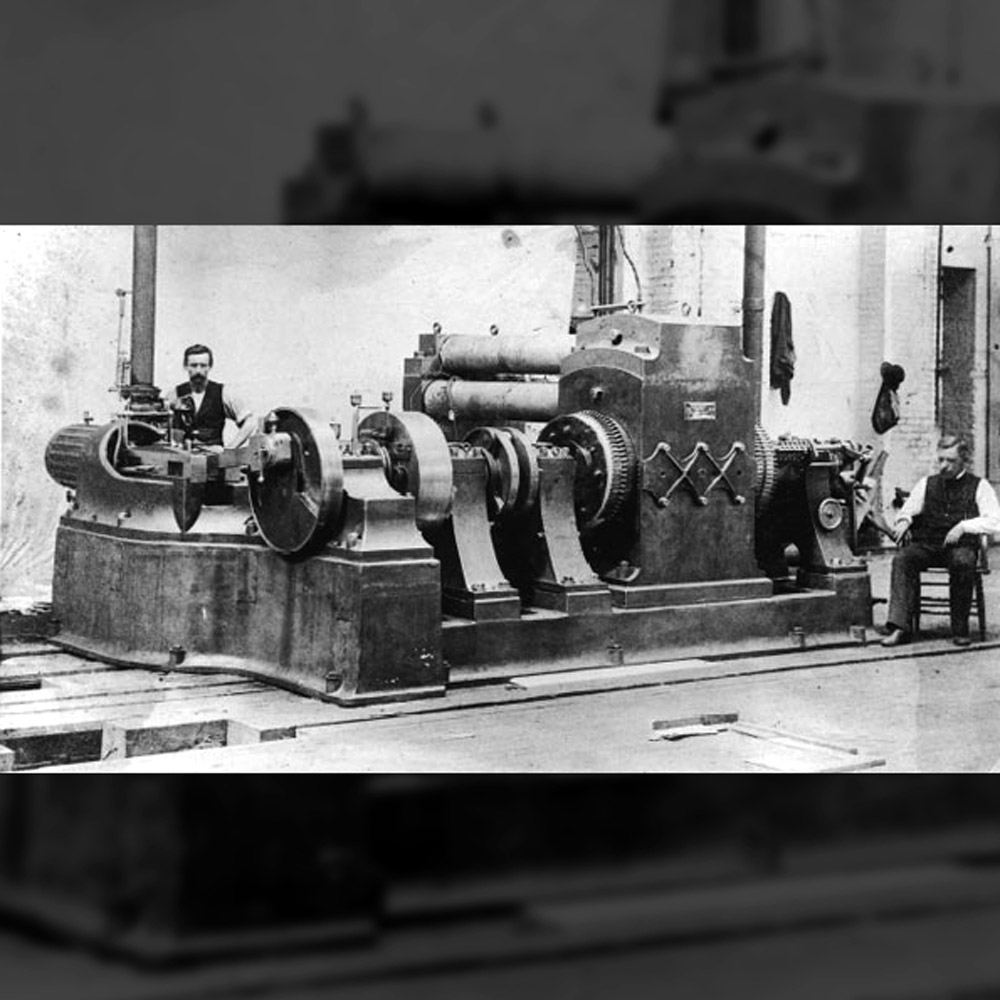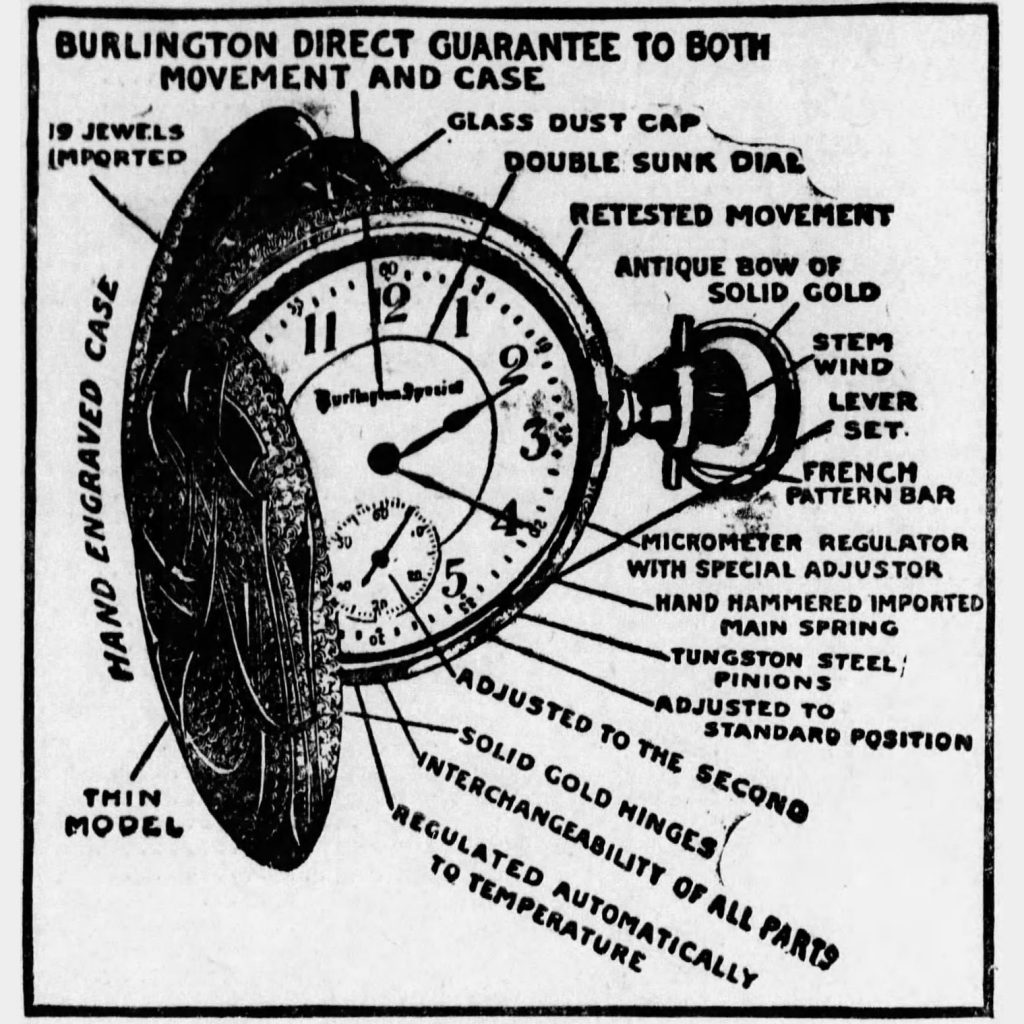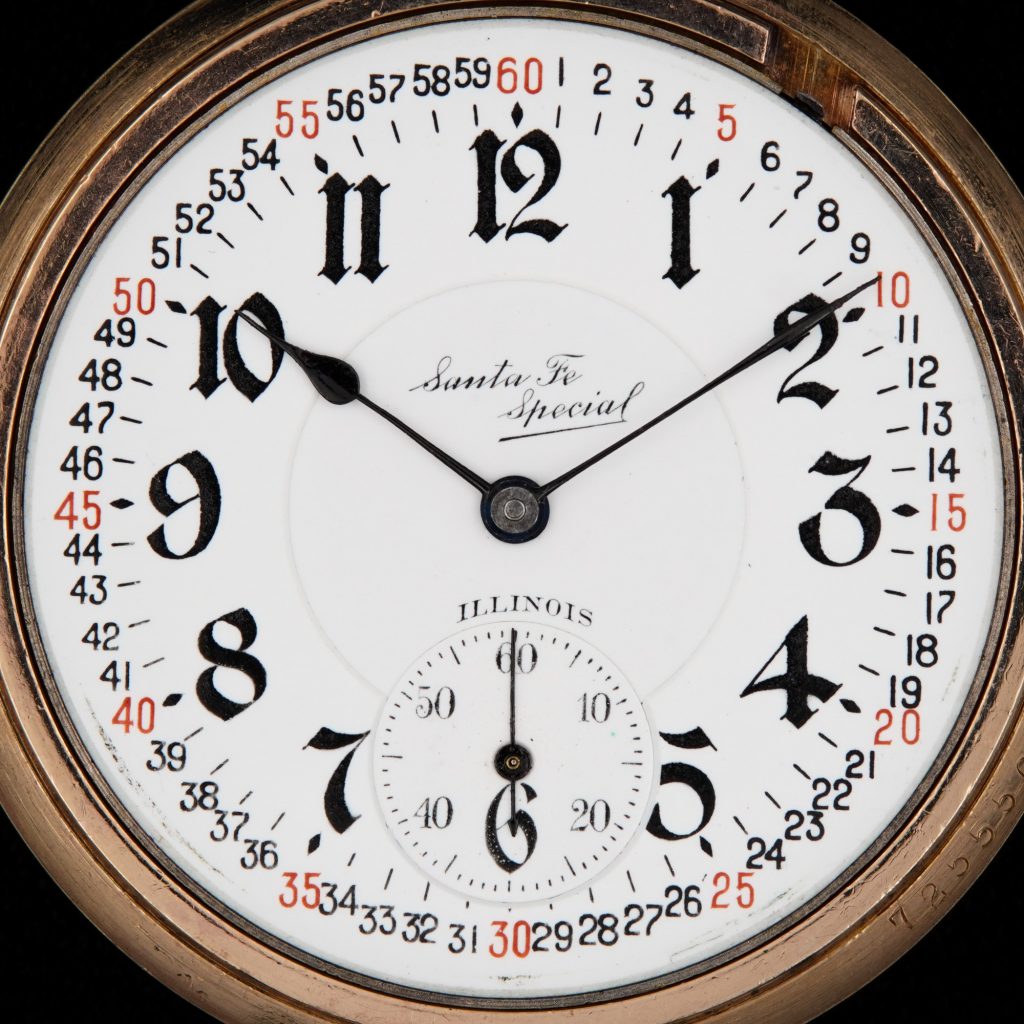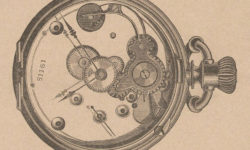Private Label Trade Names on American Pocket Watches: The Non-Magnetic Watch Company: Part 13: The Rise of Electricity

Charles-Auguste Paillard originally developed palladium alloys for use in fine marine chronometers due to the non-corrosive properties of the alloy.
In the 1880s, electricity was being adopted across the globe for many applications. Generators, lighting, electric motors, and telegraph services became more popular as electricity transformed everyday life. The increased presence of electricity consequentially introduced invisible electromagnetic fields around wires that carried direct current. As electricity flows through wires unidirectionally, ferromagnetic materials like steel are magnetized.
Fortunately, Paillard’s palladium alloys would also prove to be an excellent substitute for the delicate steel hairspring and balance wheel to produce a watch that was immune to the influences of magnetism. The rapid adoption of electricity became a serendipitous situation for Paillard as he commercialized his palladium alloys.
While magnetization was inconsequential in most situations, magnetization of steel parts within a watch could result in erratic timekeeping. The magnetization problem presented new challenges in industries that relied on precise timekeeping, such as the railroads.
By the late 1880s, two primary solutions were introduced to resolve the problem of magnetic influence on watches. Paillard’s non-magnetic palladium alloys paved the way for watch movements that were immune to magnetization, and anti-magnetic case shields were introduced to protect ordinary movements from magnetic influences.




2 Comments